Sometimes, we see the log odds ratio instead of the odds ratio The log OR comparing women to men is log(144) = 036 The log OR comparing men to women is log(069) = 036 log OR > 0 increased risk log OR = 0 no difference in risk log OR < 0 decreased risk Odds Ratio 0 5 10 15 More on the Odds Ratio Log Odds Ratio4 2 0 2 4OR = odds ratio; The odds ratio is reported as 1 with a confidence interval of (144, 234) Like we did with relative risk, we could look at the lower boundary and make a statement such as "the odds of MI are at least 44% higher for subjects taking placebo than for subjects taking aspirin"

Interpreting Odds Ratio Senguptas Research Academy
When to use odds ratio versus risk ratio
When to use odds ratio versus risk ratio-The absolute risk is the probability of an event in a sample or population of interest The relative risk (RR) is the risk of the event in an experimental group relative to that in a control group The odds ratio (OR) is the odds of an event in an experimental group relative to that in a control groupA nonmemorization method of dealing with RR and OR*USMLE is a registered trademark of its respective holder I am in no way affiliated with itDisclaimer




Power Calculations For Gwass The Smallest Odds Ratio Case Control Download Scientific Diagram
An odds ratio of 05 would mean that the exposed group has half, or 50%, of the odds of developing disease as the unexposed group In other words, the exposure is protective against disease Is odds ratio a measure of risk? An Odds Ratio (OR) then is simply the comparison of two odds, OR=Odds (A)/Odds (B) The Relative Risk (RR) is simply the comparison of two risks or probabilities, RR=Probability (A)/Probability (B) This is made more clear when the term is referred to as the Risk Ratio Let's look at this graphically Odds ratio vs relative risk Odds ratios and relative risks are interpreted in much the same way and if and are much less than and then the odds ratio will be almost the same as the relative risk In some sense the relative risk is a more intuitive measure of effect size Note that the choice is only for prospective studies were the distinction
A comparison of odds, the odds ratio, might then make sense OR= ˇ 1 1 ˇ 1 ˇ 2 1 ˇ 2 Odds ratio for the Titanic example is OR= 376 037 = 1016 This is very different from the relative risk calculated on the same data and may come as a surprise to some readers who are accustomed of thinking of odds ratio as of relative risk (Greenland, 1987)People often (I think quite understandably) findCollapsibility Odds Ratios versus Risk Ratios It is known that odds ratios enjoy a certain symmetry For example, the odds ratio of outcome Y is the inverse of the odds ratio of outcome ¬ Y Risk ratios, on the other hand, do not enjoy this symmetry However, risk ratios have the property of collapsibility Odds ratio vs risk ratio You know the difference between risk and odds A risk is the proportion of subjects with an event in a total group of susceptible subjects Thus, we can calculate the risk of having a heart attack among smokers (infarcted smokers divided by the total number of smokers) and among nonsmokers (the same, but with nonsmokers)
Cases 1 and 4 have the same absolute risk reduction, NNT, and odds ratios, but very different relative risk, relative risk reduction, and risk at baseline Real Example The following example 18 is a prospective study, which compares the incidences of dyskinesia after ropinirole (ROP) or levodopa (LD) in patients with early Parkinson's disease The odds ratio comparing the new treatment to the old treatment is then simply the correspond ratio of odds (01/09) / (02/08) = 0111 / 025 = 0444 (recurring) This means that the odds of a bad outcome if a patient takes the new treatment are 0444 that of the odds of a bad outcome if they take the existing treatment Relative Risk, Odds, and Fisher's exact test I) Relative Risk A) Simply, relative risk is the ratio of p 1/p 2 For instance, suppose we wanted to take another look at our Seat belt safety data from Florida Safety equipment Injury in use Fatal Nonfatal Total None 1,601 165,527 167,128 Seat belt 510 412,368 412,878Odds Ratio versus Relative Risk Odds ratio can be calculated in



Q Tbn And9gcq5tpzikqe8jiy9iqzxyqcbaqndofe8d2iabvvrkarpadvgvm8o Usqp Cau




Comparison Of Risk Difference Risk Ratio And Odds Ratio Based On Download Table
Odds Ratio Vs Relative Risk When two groups are under study or observation, you can use two measures to describe the comparative likelihood of an event happening These two measures are the odds ratio and relative risk Both are two different statistical concepts, although so much related to each otherWhen events are common, as is often the case in clinical trials, the differences between odds and risks are large For example, a risk of 05 is equivalent to an odds of 1;Pute either the odds ratio or the relative risk to answer this question The odds ratio compares the relative odds of death in each group For women, the odds were exactly 2 to 1 against dying (154/308 05) For men, the odds were almost 5 to 1 in favor of death (709/142 4993) The odds ratio is 9986 (4993/05) There is a 10fold greater
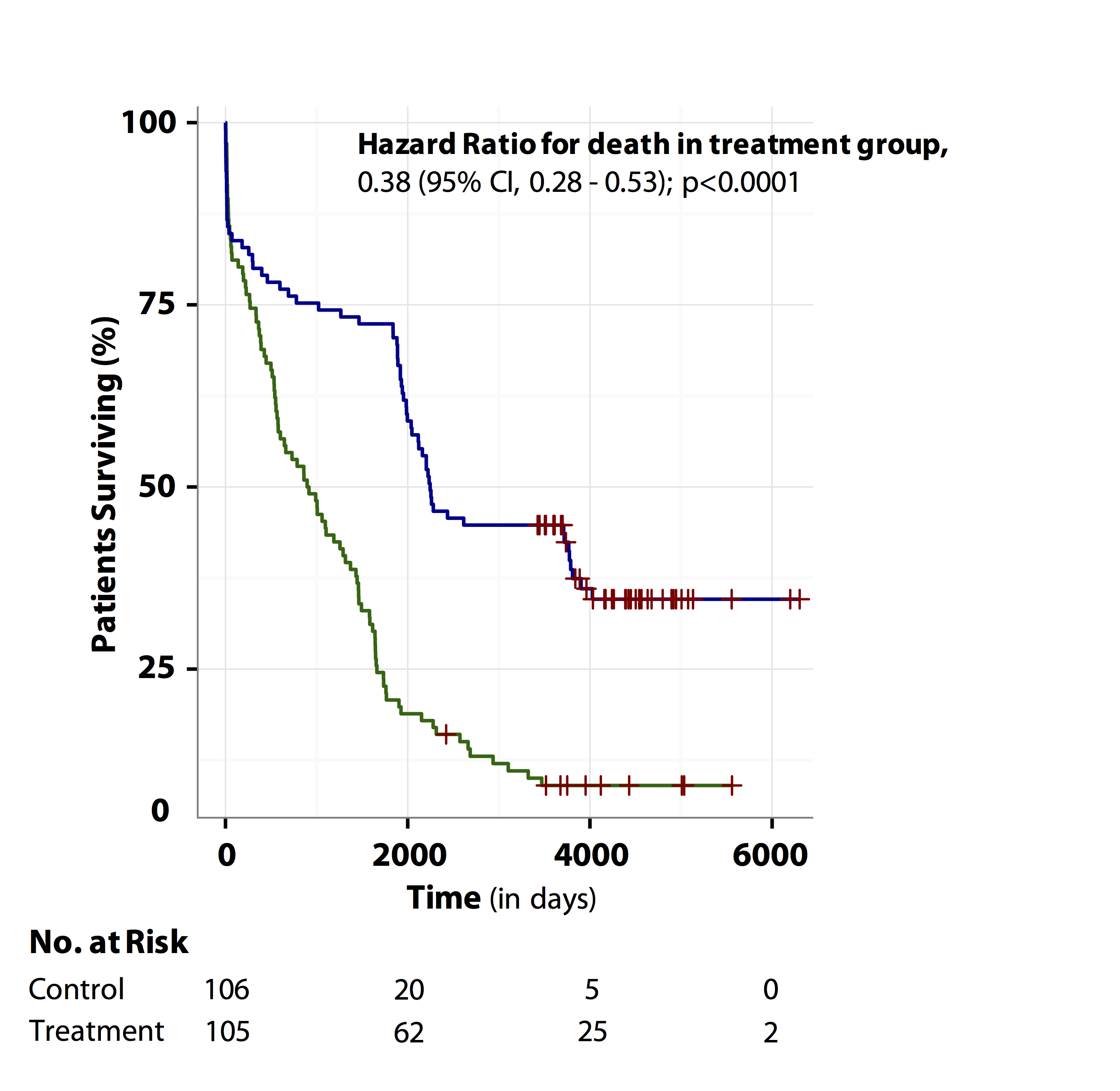



Tutorial About Hazard Ratios Students 4 Best Evidence




Chapter 6 Choosing Effect Measures And Computing Estimates Of Effect Cochrane Training
INTRODUCTION Odds ratio (OR) and risk ratio (RR) are two commonly used measures of association reported in research studies In crosssectional studies, the odds ratio is also referred to as the prevalence odds ratio (POR) when prevalent cases are included, and, instead of the RR, the prevalence ratio (PR) is calculatedRather the odds is threefold greater Interpretation of an OR must be in terms of odds, notAs an extreme example of the difference between risk ratio and odds ratio, if action A carries a risk of a negative outcome of 999% while action B has a risk of 990% the relative risk is approximately 1 while the odds ratio between A and B is 10 (1% =




Definition And Calculation Of Odds Ratio Relative Risk Stomp On Step1



Healthsci Mcmaster Ca Docs Librariesprovider8 Research Methodology Statistical Notes Relative Risks Versus Odds Ratios Pdf Sfvrsn 2797e56f 4
The relative risk and the odds ratio are measures of association between exposure status and disease outcome in a population Relative risk In epidemiology, relative risk (RR) can give us insights in how much more likely an exposed group is to develop a certain disease in comparison to a nonexposed group Once we know the exposure and disease status of a research population,When the disease is rare, the odds ratio will be a very good approximation of the relative risk The more common the disease, the larger is the gap between odds ratio and relative risk In our example above, p wine and p no_wine were 0009 and 0012 respectively, so the odds ratio was a good approximation of the relative riskThe odds ratio should be used as an approximation to the relative risk of the event of interest when both of the following conditions are met The probability of the event of interest is small (




Frontiers Odds Ratio Or Prevalence Ratio An Overview Of Reported Statistical Methods And Appropriateness Of Interpretations In Cross Sectional Studies With Dichotomous Outcomes In Veterinary Medicine Veterinary Science




Definition And Calculation Of Odds Ratio Relative Risk Stomp On Step1
Second, if you happen across these terms odds, Odds Ratio, risk, Relative Risk, probability, or terms that are based on them such as prevented fraction, then before you start comparing numbers or getting into the indepth discussion, do a quick review Risk ratio = ratio of 2 cumulative incidence estimates = relative risk Since all of the measures are ratios, either of probabilities or of odds, it is clearer and simpler to use the word ratio in describing each type Risk Ratio vs Odds Ratio Whereas RR can be interpreted in a straightforward way, OR can not A RR of 3 means the risk of an outcome is increased threefold A RR of 05 means the risk is cut in half But an OR of 3 doesn't mean the risk is threefold;
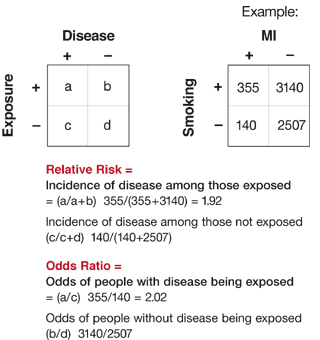



Relative Risks And Odds Ratios What S The Difference Mdedge Family Medicine




Case Control Study Wikipedia
And a risk of 095 is equivalent to odds of 19Odds Ratio versus Relative Risk Since it is a ratio of ratios, the odds ratio is very difficult to interpret The relative risk is easier to interpret, so the odds ratio alone is not very helpful However, there are certain commonly occurring situations in which the estimate of the relative risk is not very good, and the odds ratio can be usedThis video demonstrates how to calculate odds ratio and relative risk values using the statistical software program SPSSSPSS can be used to determine odds r
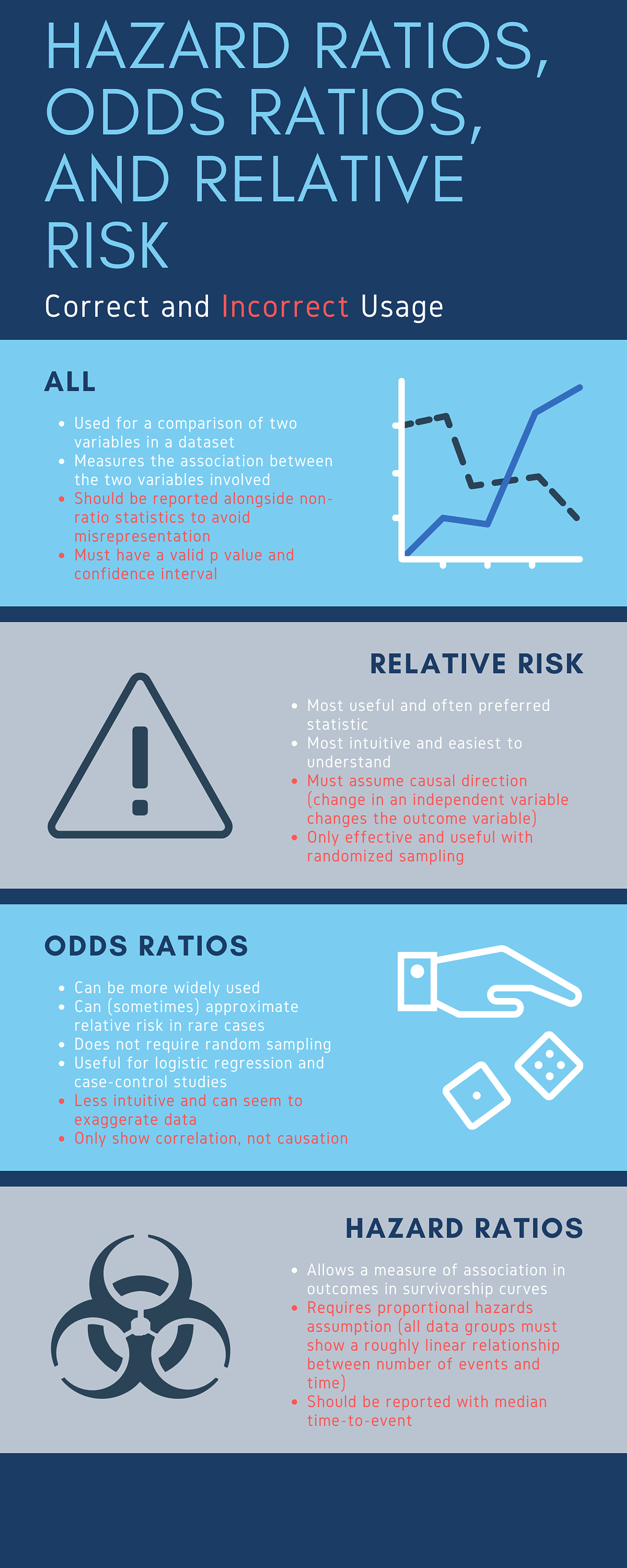



Cureus What S The Risk Differentiating Risk Ratios Odds Ratios And Hazard Ratios




Odds Ratios For Highest Versus Lowest Quartile Download Table
The odds ratio supports clinical decisions by providing information on the odds of a particular outcome relative to the odds of another outcome In the endocarditis example, the risk (or odds) of dying if treated with the new drug is relative to the risk (odds) of dying if treated with the standard treatment antibiotic protocolA crude odds ratio can be converted to a crude risk ratio risk ratio = odds ratio/(1 − p0) (p0 × odds ratio), in which p0 is the outcome prevalence (risk) among the unexposed Some have applied this formula to an adjusted odds ratio to obtain an adjusted risk ratio 49 This method can produce biased risk ratios and incorrect confidenceRelative Risk and Odds Ratio for the obese 3) Overall, you can see that decreasing the baseline incidence will decrease the odds ratio (300 in those who are nonobese versus 129 in those who are obese) Obviously, these results run counter to expected results, putting the onus on the researcher to justify them Similarly, you should find that increasing the incidence will increase the odds ratio
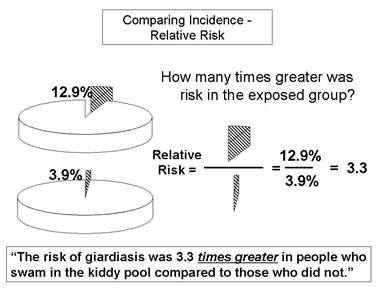



Relative Risk And Absolute Risk Definition And Examples Statistics How To




Odds Ratios And Risk Ratios Youtube
That is one of the attractive features of the odds ratio — when the health outcome is uncommon, the odds ratio provides a reasonable approximation of the risk ratio Another attractive feature is that the odds ratio can be calculated with data from a casecontrol study, whereas neither a risk ratio nor a rate ratio can be calculated When adjusted using logistic regression to control for other factors, the effects of the probiotic drink in reducing antibiotic associated diarrhoea remained (odds ratio 025, 95% CI 007 to 085) The researchers concluded that consumption of the probiotic drink reduced the incidence of antibiotic associated diarrhoeaThe simple relative risk is 055 and the simple odds ratio is 025Clearly the probability of fathering a child is strongly dependent on a variety of demographic variables, especially age (the issue of marital status was dealt with by a separate analysis) The control group was 84 years older on average (435 years versus 351), showing the need to adjust for this variable




Definition And Calculation Of Odds Ratio Relative Risk Stomp On Step1




Odds Ratio For Risk Factors Of Myocardial Infarction Worldwide In Old Download Scientific Diagram
R C = absolute risk in the unexposed group, given as a fraction (for example fill in 10% risk as 01) Confusion and exaggeration Odds ratios have often been confused with relative risk in medical literature For nonstatisticians, the odds ratio is a difficult concept to comprehend, and it gives a more impressive figure for The ratio of these is the risk ratio, a relative measure of association Risk Ratio = CI e /CI u = 090/058 = 155 Interpretation Smokers had 155 times the risk of respiratory disease compared to nonsmokers over an 18 year period of observation Using the same cumulative incidences we can calculate the risk difference, an absolute measure Odds and odds ratios rather than risk ratios are used in casecontrol studies because risks cannot be calculated However, odds and odds ratios can also used to display the results of cross sectional studies, cohort studies and randomized controlled trials The reason for this is that a commonly used regression model for binary (dichotomous) outcomes called logistic regression only allows the calculation of the odds ratio and not the risk ratio




Understanding Systematic Reviews And Meta Analysis Archives Of Disease In Childhood
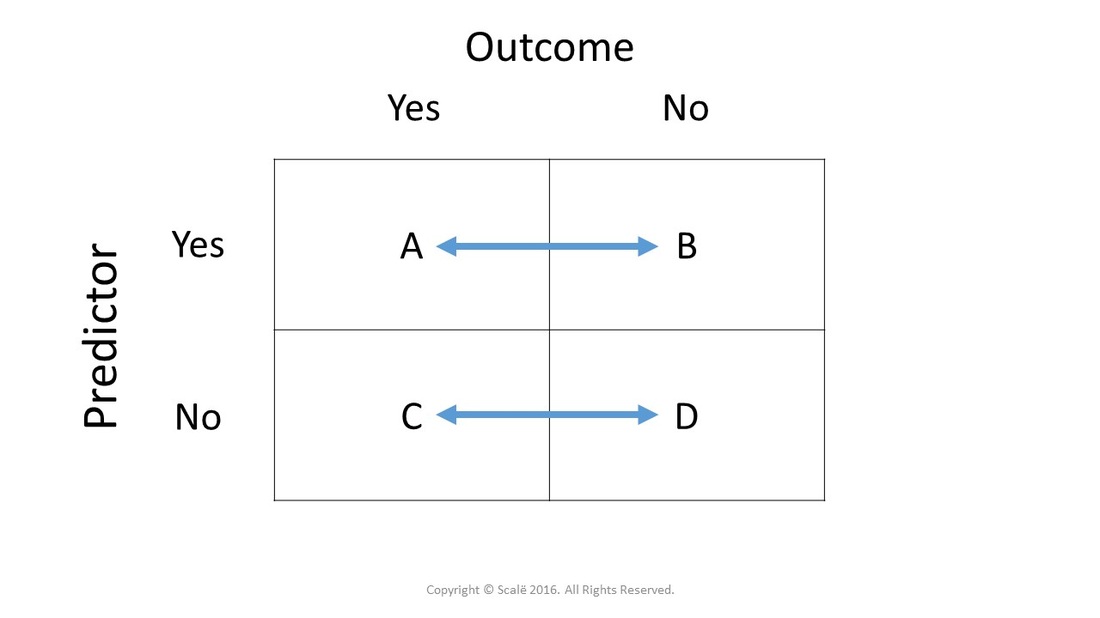



Calculate Relative Risk With 95 Confidence Intervals
Odds ratios While risk reports the number of events of interest in relation to the total number of trials, odds report the number of events of interest in relation to the number of events not of interest Stated differently, it reports the number of events to noneventsOdds versus risk ratio Risk Ratio is often expressed as a factor and a whole positive number, such as " is times more likely" The difference between odds ratio and risk ratio While Risk Ratio is the probability of one thing divided by the probability of another (usually in a separated group), Odds Ratio is the odds of one event happeningA comparison of odds, the odds ratio, might then make sense OR= ˇ 1 1 ˇ 1 ˇ 2 1 ˇ 2 Odds ratio for the Titanic example is OR= 376 037 = 1016 This is very different from the relative risk calculated on the same data and may come as a surprise to some readers who are accustomed of thinking of odds ratio as of relative risk (Greenland, 1987)



Definition And Calculation Of Odds Ratio Relative Risk Stomp On Step1




The Difference Between Relative Risk And Odds Ratios The Analysis Factor
Common pitfalls in statistical analysis Odds versus risk In biomedical research, we are often interested in quantifying the relationship between an exposure and an outcome "Odds" and "Risk" are the most common terms which are used as measures of association between variables The basic difference is that the odds ratio is a ratio of two odds (yep, it's that obvious) whereas the relative risk is a ratio of two probabilities (TheOdds Ratio (OR) measures the association between an outcome and a treatment/exposure Or in other words, a comparison of an outcome given two different groups (exposure vs absence of exposure) OR is a comparison of two odds the odds of an outcome occurring given a treatment compared to the odds of the outcome occurring without the treatmentDecimal odds represent




Power Calculations For Gwass The Smallest Odds Ratio Case Control Download Scientific Diagram



Q Tbn And9gctxz8owky Sul84xtk4ggzacxwhkmhguhlxwyjj9avufagdrhwm Usqp Cau
A terminology problem odds ratio versus odds Author William Gould, StataCorp James Hardin, StataCorp Unfortunately, the language used to describe statistical terms is not used uniformly across fields One example of this is odds and odds ratio Economists especially refer to what others call the odds as the odds ratio Note that an odds ratio is a good estimate of the risk ratio when the outcome occurs relatively infrequently (Odds ratios (OR) are commonly reported in the medical literature as the measure of association between exposure and outcome However, it is relative risk that people more intuitively understand as a measure of association Relative risk can be directly determined in a cohort study by calculating a risk ratio (RR)




How To Be Awesome At Biostatistics And Literature Evaluation Part Ii Tl Dr Pharmacy




Pdf Common Pitfalls In Statistical Analysis Odds Versus Risk
Odds ratio is similar to relative risk In the sheepskin trial the relative risk was 058 and the odds ratio was 054 For most clinical trials where the event rate is low, that is less than 10% of all participants have an event, the odds ratio and relative risk can be considered interchangeableThe odds ratio is a common measure of risk but its interpretation may be hazardous Odds is the number having the outcome divided by the number not having the outcome The risk or odds ratio is the risk or odds in the exposed group divided by the risk or odds in the control group A risk or odds ratio = 1 indicates no difference between the groups
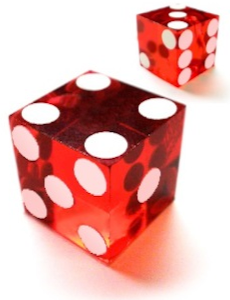



Odds Ratios Versus Relative Risk




Risk Ratio And Risk Difference




Pooled Odds Ratio Or Of Risk Of Mortality In Vitamin D Deficient Download Scientific Diagram



Interpretation Of Odds Ratio And Fisher S Exact Test By Sergen Cansiz Towards Data Science



Q Tbn And9gcsdciarve4qxmues2ip Qg8ugk1mshcabjsxsnb3oitlp1asplq Usqp Cau



Ctspedia Ctspedia Oddsrisk
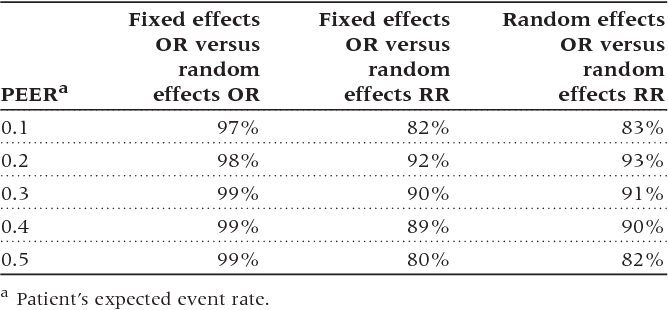



Table 2 From Can We Individualize The Number Needed To Treat An Empirical Study Of Summary Effect Measures In Meta Analyses Semantic Scholar



Plos One Different Depths Of Sedation Versus Risk Of Delirium In Adult Mechanically Ventilated Patients A Systematic Review And Meta Analysis




Measures Of Disease Association Measuring Occurrence Of New Outcome Events Can Be An Aim By Itself But Usually We Want To Look At The Relationship Between Ppt Download
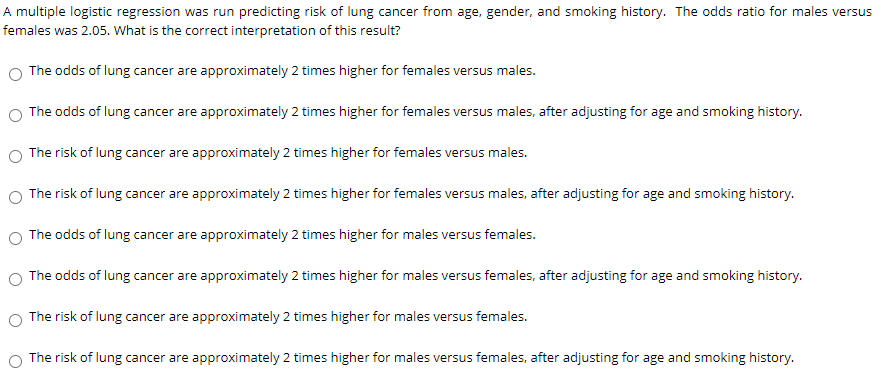



A Multiple Logistic Regression Was Run Predicting Chegg Com




Moving Beyond Odds Ratios Estimating And Presenting Absolute




Select All Of The True Statements Regarding The Odds Chegg Com




Question 7 The Odds Ratio 95 Ci For Chegg Com




Odds Ratio Wikipedia



Summarising Binary Data Health Knowledge




Odds Ratio The Odds Ratio Is Used To Find The By Analyttica Datalab Medium
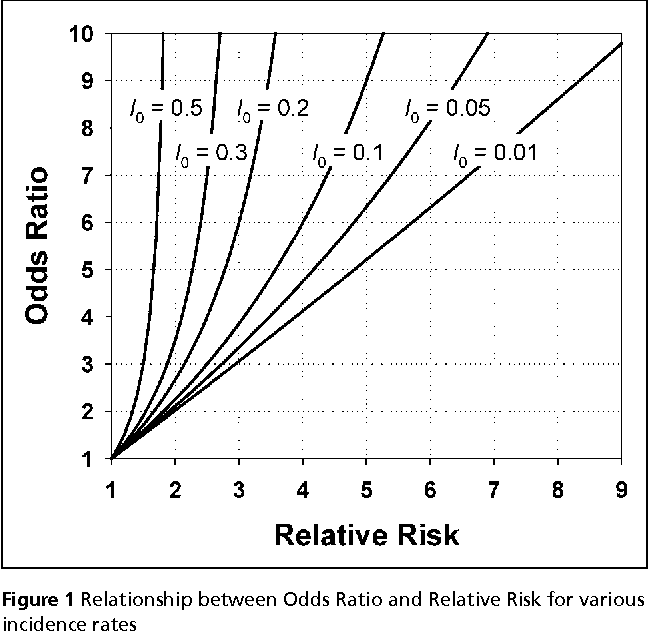



Figure 1 From When To Use The Odds Ratio Or The Relative Risk Semantic Scholar




Interpreting Odds Ratio Senguptas Research Academy
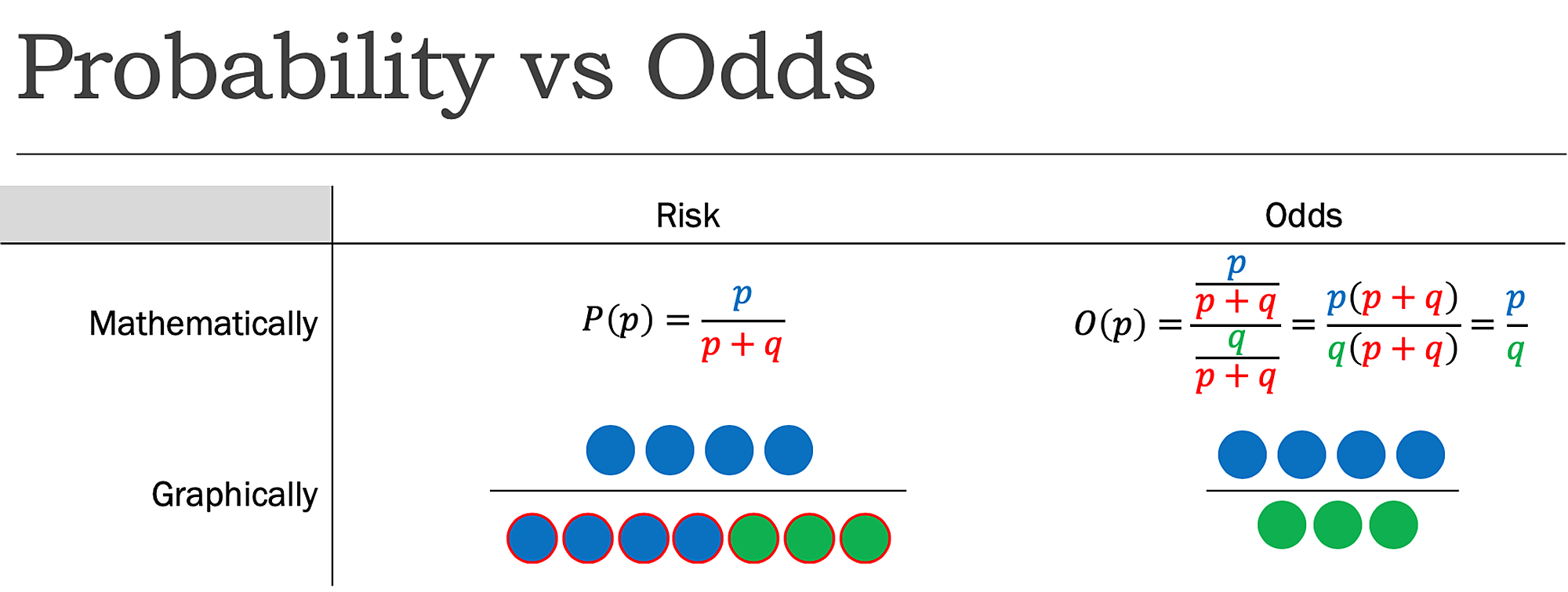



Cureus What S The Risk Differentiating Risk Ratios Odds Ratios And Hazard Ratios




Relative Risk And Odds Ratio Usmle The Journey
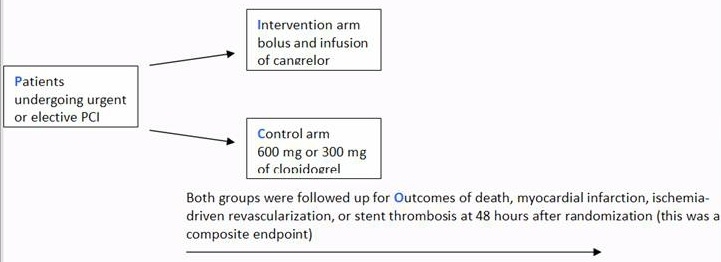



A Beginner S Guide To Interpreting Odds Ratios Confidence Intervals And P Values Students 4 Best Evidence




Measures Of Effect Relative Risks Odds Ratios Risk Difference And Number Needed To Treat Sciencedirect




What Is An Odds Ratio And How Do I Interpret It Critical Appraisal
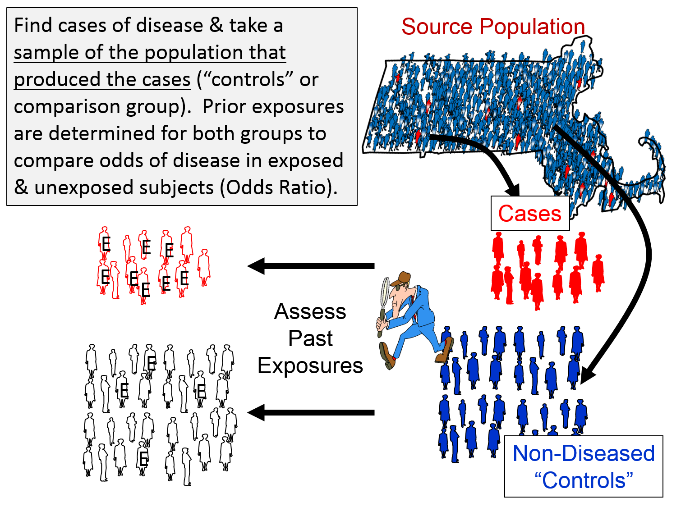



A Nested Case Control Study
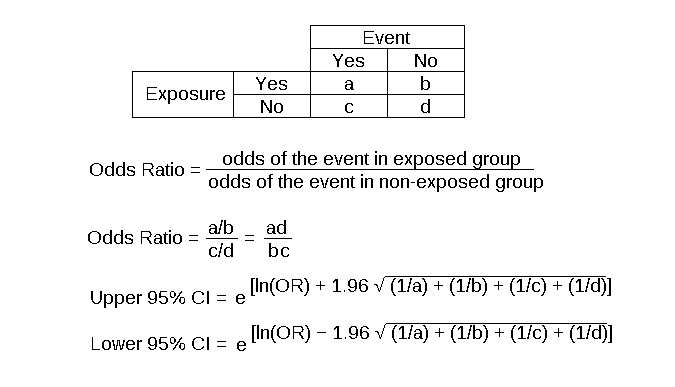



Odds Ratio Article




Measures Of Disease Association Ppt Download




Risk Ratio Versus Odds Ratio Dr Journal Club



Ctspedia Ctspedia Oddsrisk




Statquest Odds Ratios And Log Odds Ratios Clearly Explained Youtube
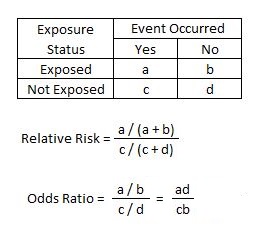



Relative Risk Article
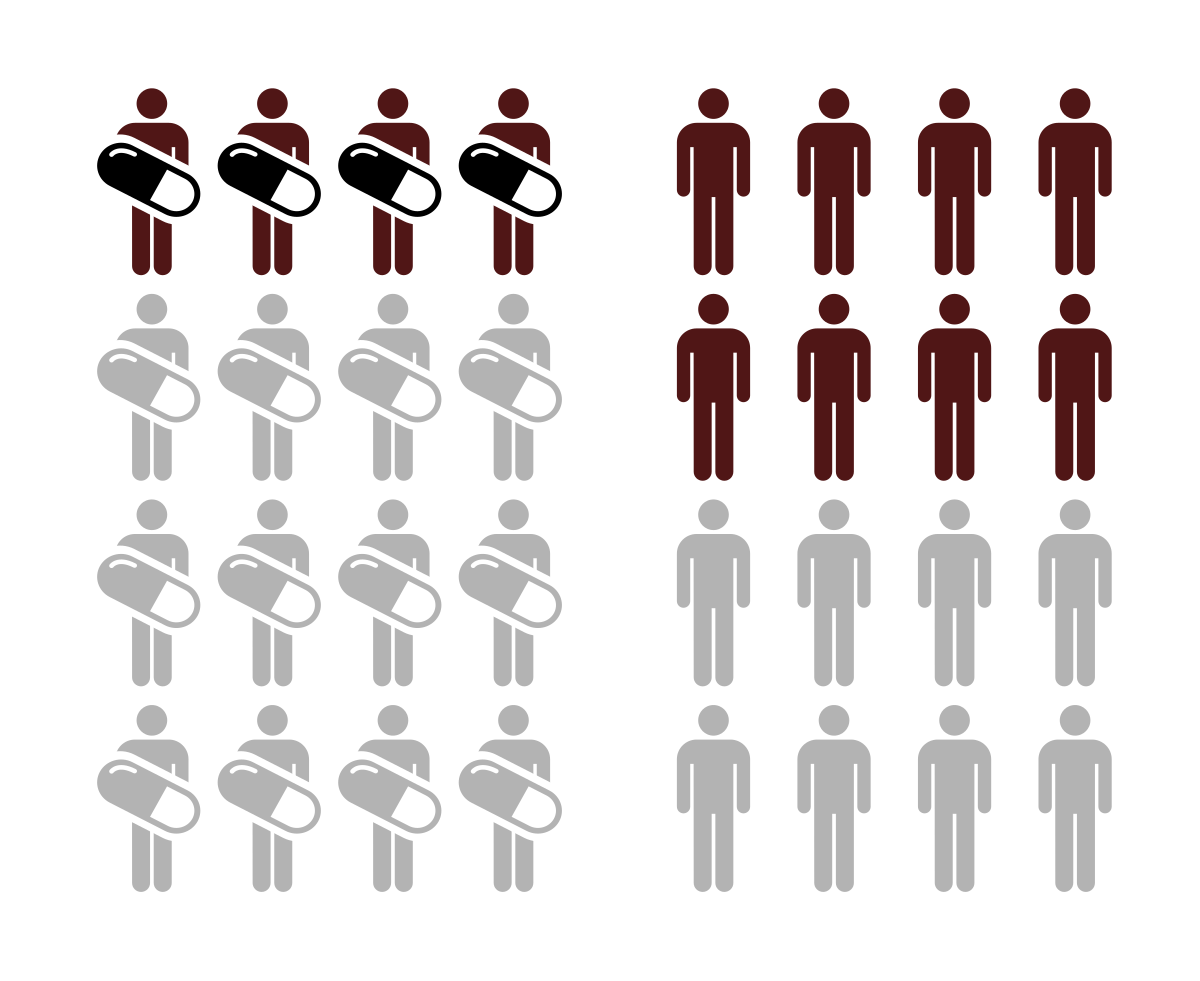



Relative Risk Wikipedia
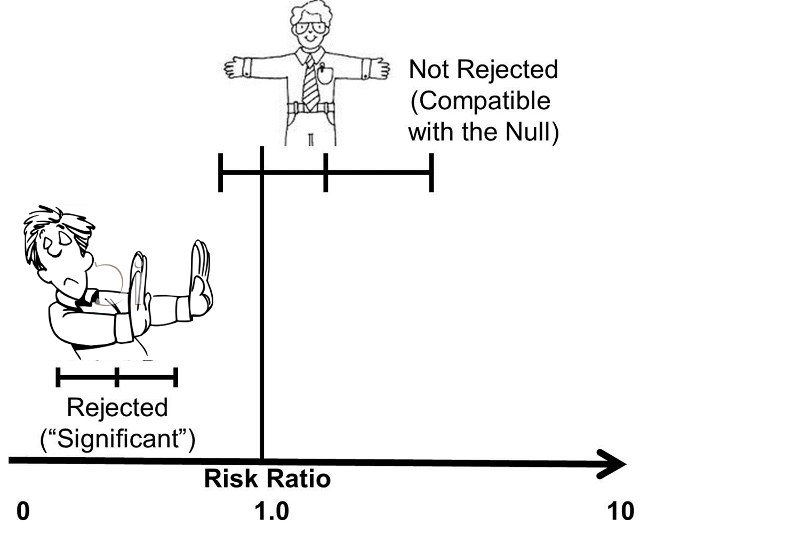



Confidence Intervals And P Values




Calculating The Risk Ratio Odds Ratio And Risk Difference In A Randomised Controlled Trial Youtube




Odds Ratios Versus Relative Risk




Odds Ratio For The Risk Of Having A Prescription Pre Versus Download Table




R Calculate And Interpret Odds Ratio In Logistic Regression Stack Overflow
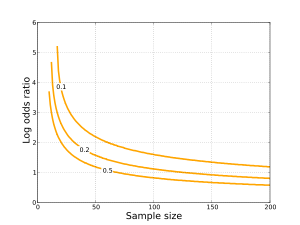



Odds Ratio Wikipedia
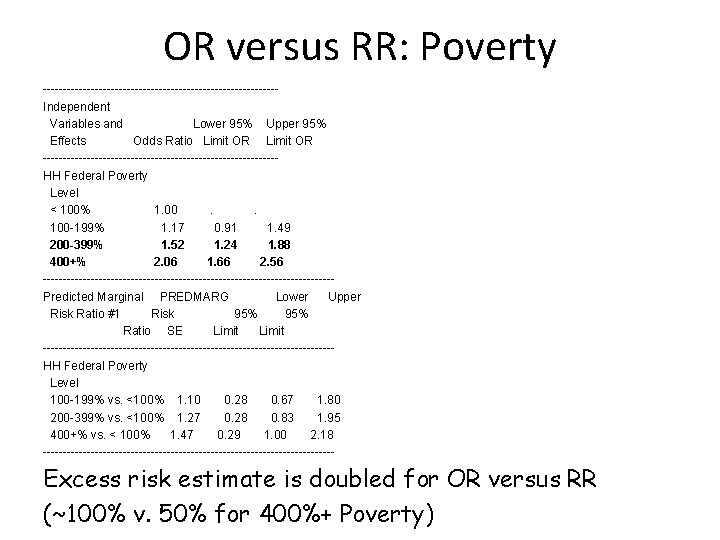



Moving Beyond Odds Ratios Estimating And Presenting Absolute
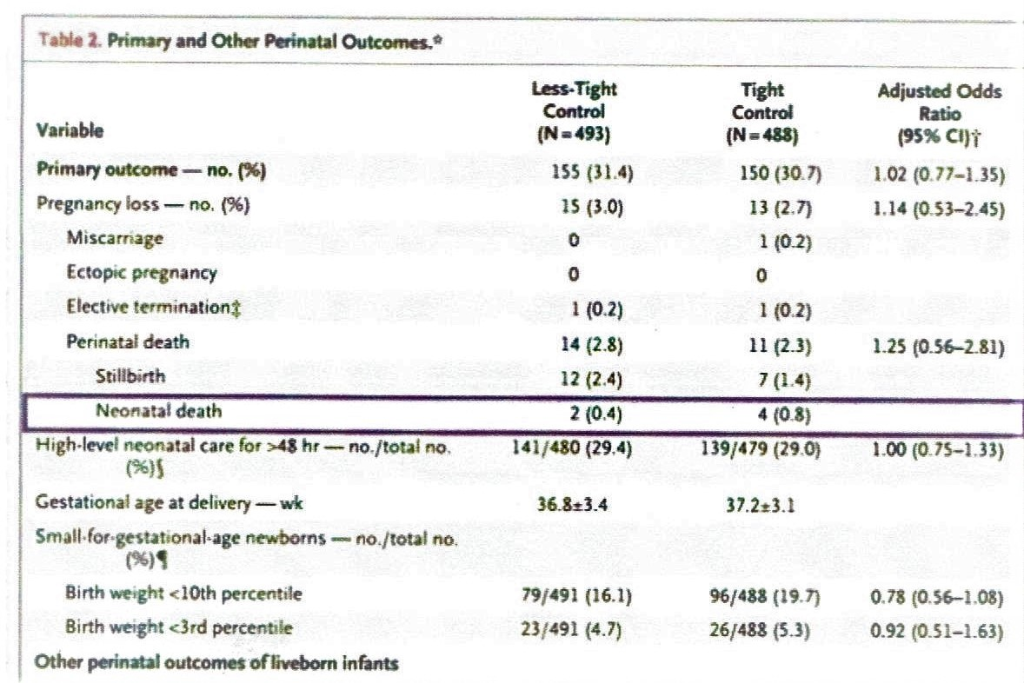



Based On The Data Presented In Table 2 Calculate Chegg Com




Odds Ratio Calculation And Interpretation Statistics How To
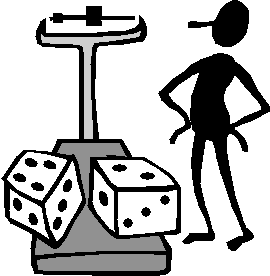



The Difference Between Probability And Odds




A Beginner S Guide To Interpreting Odds Ratios Confidence Intervals And P Values Students 4 Best Evidence




How To Be Awesome At Biostatistics And Literature Evaluation Part Ii Tl Dr Pharmacy




Odds Ratio Relative Risk Risk Difference Statistics Tutorial 30 Marinstatslectures Youtube




Calculate Relative Risk With 95 Confidence Intervals



Www Nature Com Articles Pcrj006 Pdf Origin Ppub



Q Tbn And9gctxz8owky Sul84xtk4ggzacxwhkmhguhlxwyjj9avufagdrhwm Usqp Cau
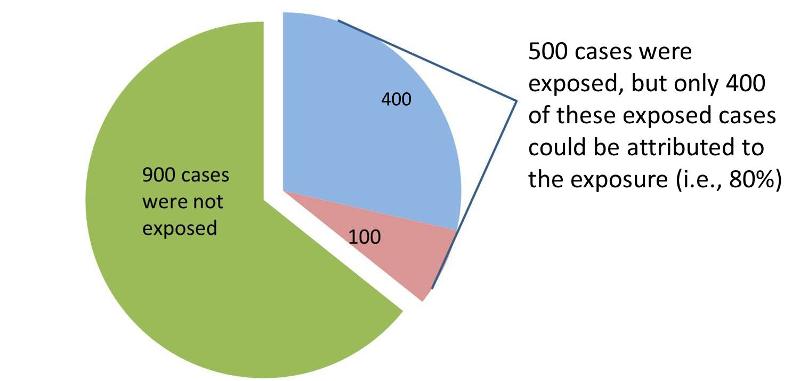



Measures Of Association



Www Journalofdairyscience Org Article S0022 0302 12 1 Pdf
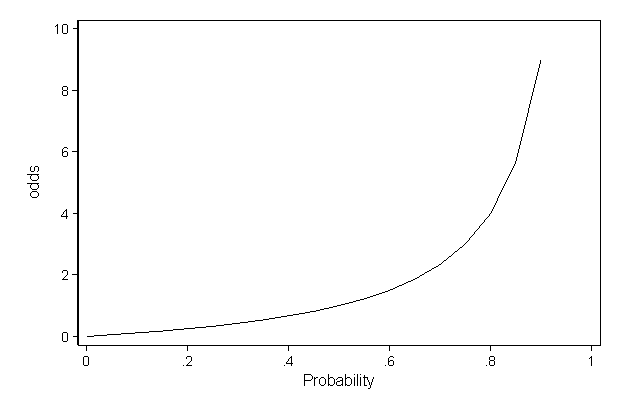



Faq How Do I Interpret Odds Ratios In Logistic Regression




Risk Estimates Relative Risk Ratio And Odds Ratio Analyses For Download Table




Pdf What S The Risk Differentiating Risk Ratios Odds Ratios And Hazard Ratios
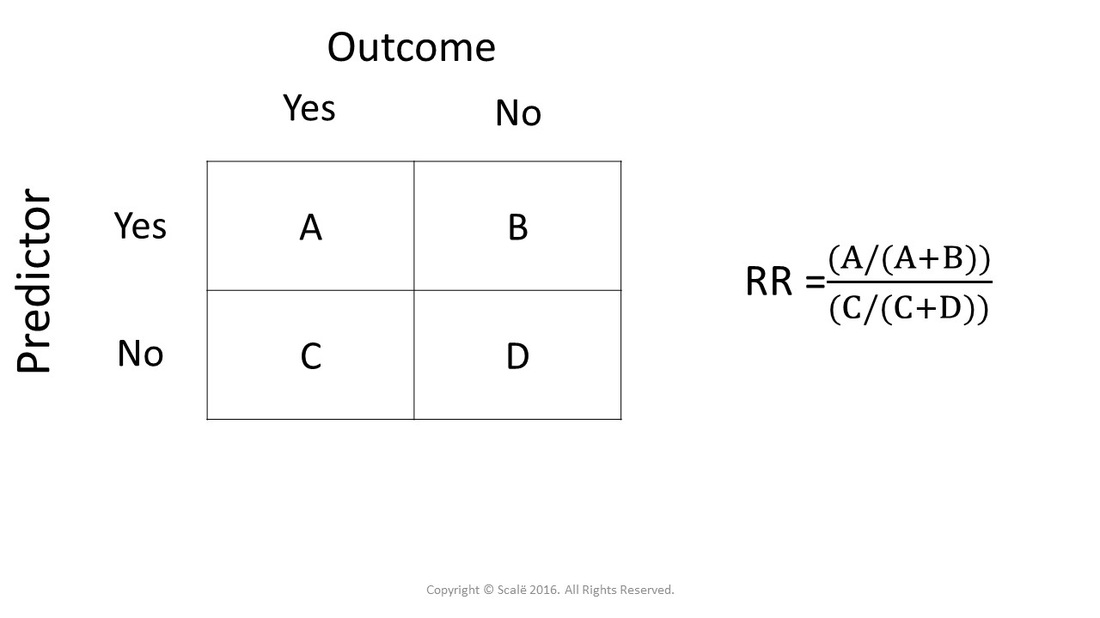



Calculate Relative Risk With 95 Confidence Intervals




Measures Of Disease Association Measuring Occurrence Of New Outcome Events Can Be An Aim By Itself But Usually We Want To Look At The Relationship Between Ppt Download




Image Result For Odds Ratio And Risk Ratio And Cohort Study And Case Study
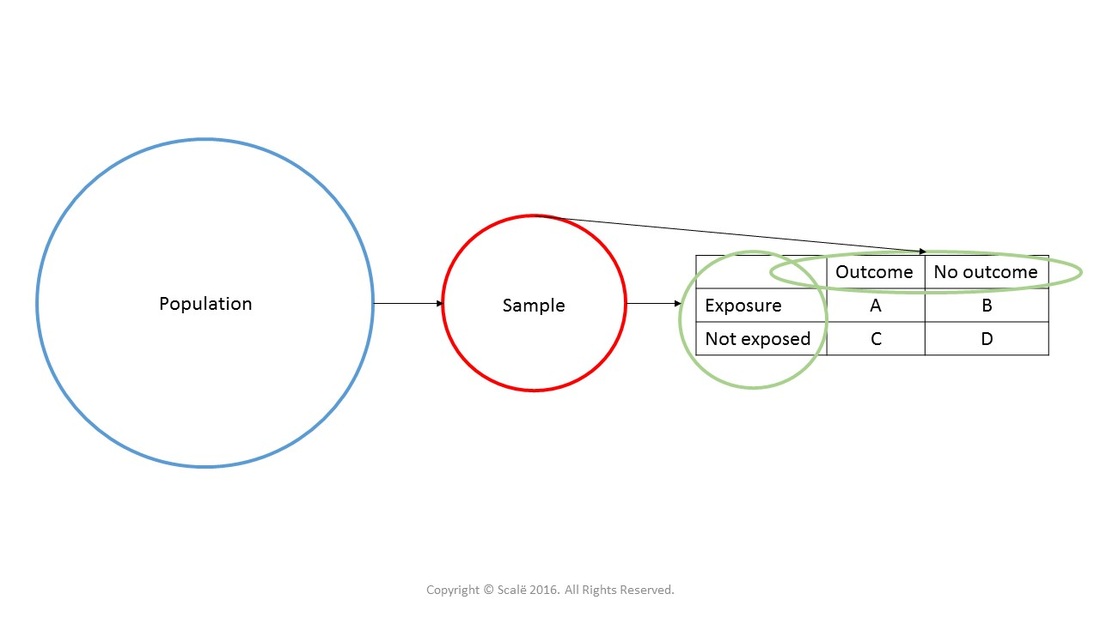



Calculate Relative Risk With 95 Confidence Intervals




Relative Risk Odds Ratios Youtube
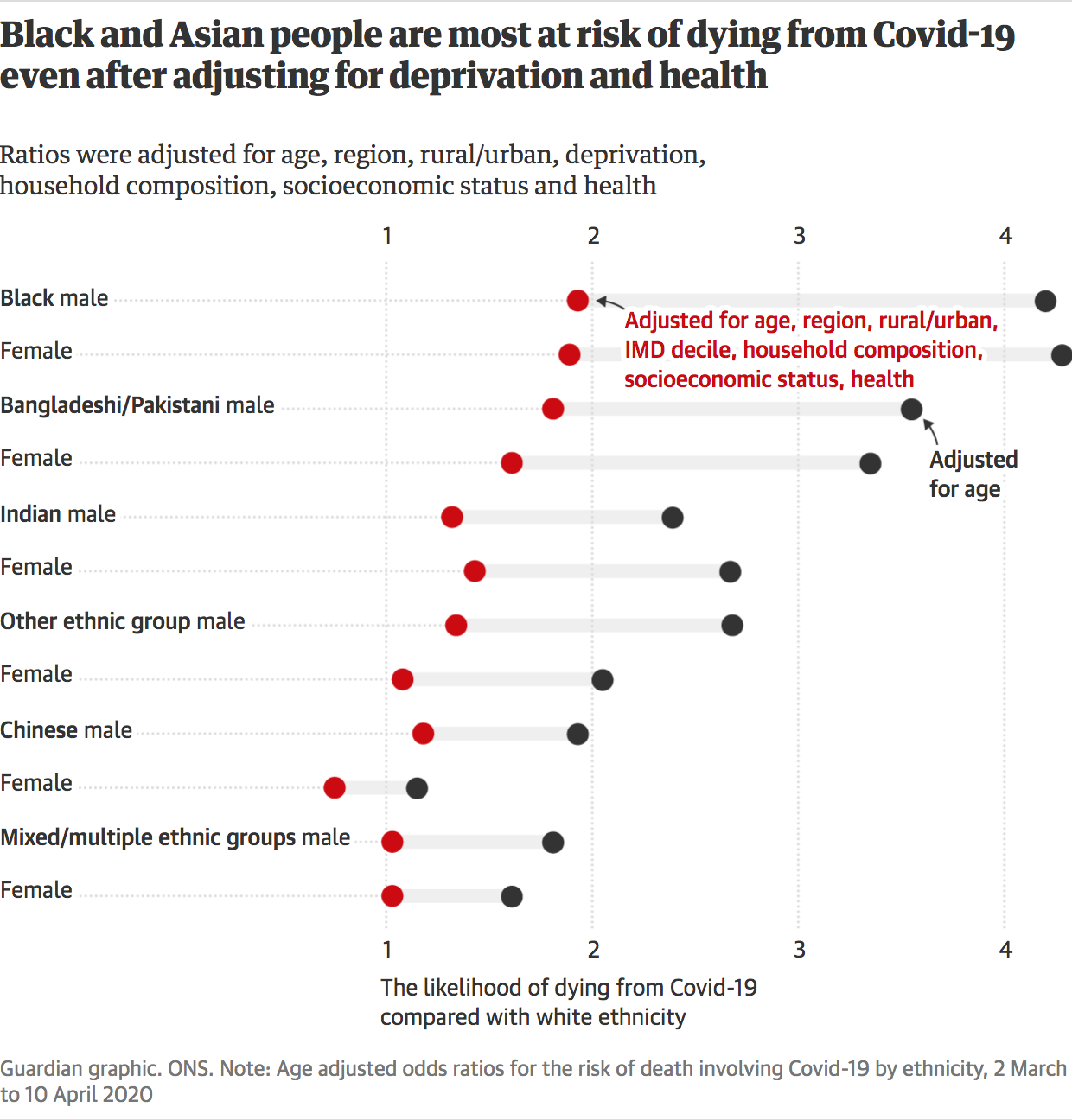



Against All Odds How To Visualise Odds Ratios To Non Expert Audiences Henry Lau
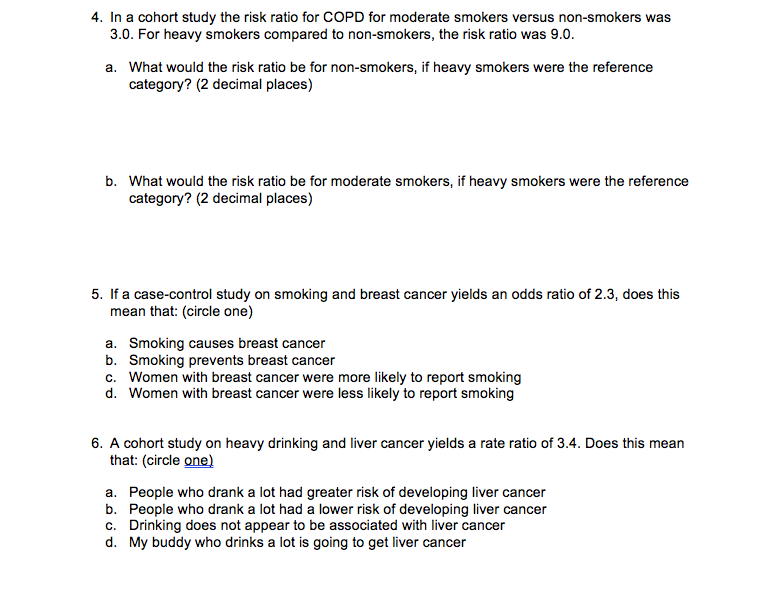



4 In A Cohort Study The Risk Ratio For Copd For Chegg Com
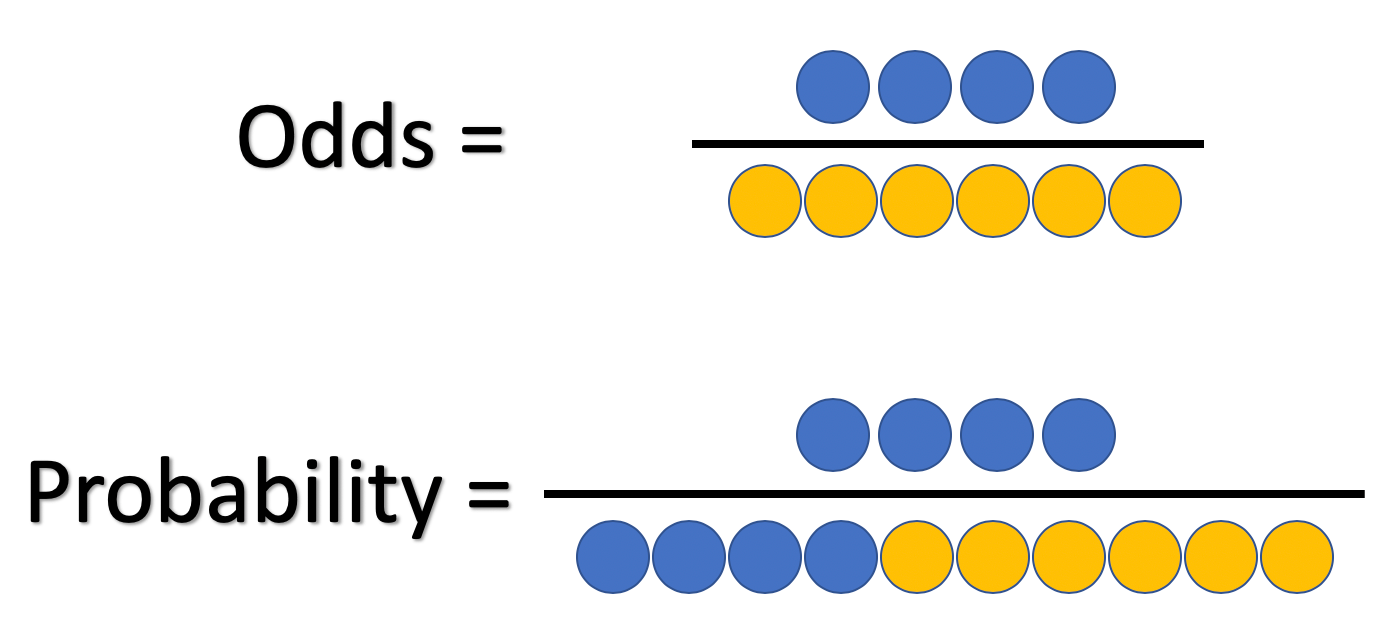



What And Why Of Log Odds What Are Log Odds And Why Are They By Piyush Agarwal Towards Data Science




Interpreting Odds Ratio Senguptas Research Academy




Measures Of Effect Relative Risks Odds Ratios Risk Difference And Number Needed To Treat Sciencedirect
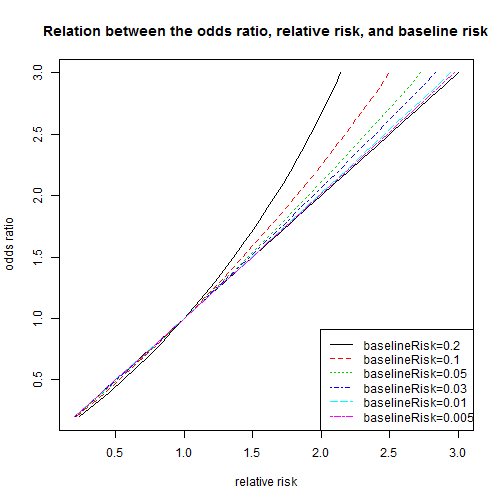



Relation Between The Odds Ratio Relative Risk And Baseline Risk




Odds Ratio Relative Risk




What Is The Difference Between The Risk Ratio Rr And The Odds Ratio Or Quora




Relative Risk Versus Odds Ratio Usmle Biostatistics 4 Youtube



Absolute Risk Vs Relative Risk Vs Odds Ratio Pp Made Easy On Vimeo




Numerators Denominators And Populations At Risk Health Knowledge




Odds Ratios And Risk Ratios Youtube



Odds Vs Risk Vantage Research




What Is An Odds Ratio And How Do I Interpret It Critical Appraisal




Risk Differences And Rate Differences




What Is The Difference Between The Risk Ratio Rr And The Odds Ratio Or Quora




Relative Risk Or Odds Ratio And 95 Confidence Intervals For Download Scientific Diagram



What Is The Difference Between The Risk Ratio Rr And The Odds Ratio Or Quora




How To Interpret And Use A Relative Risk And An Odds Ratio Youtube




Odds Ratio Wikipedia



Relative Risk Ratios And Odds Ratios



Confluence Mobile Wiki Ucsf



Stats Guidelines For Logistic Regression Models September 27 1999



0 件のコメント:
コメントを投稿